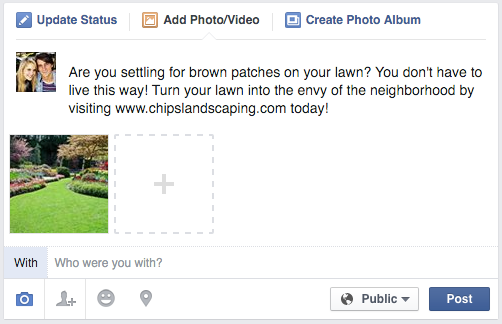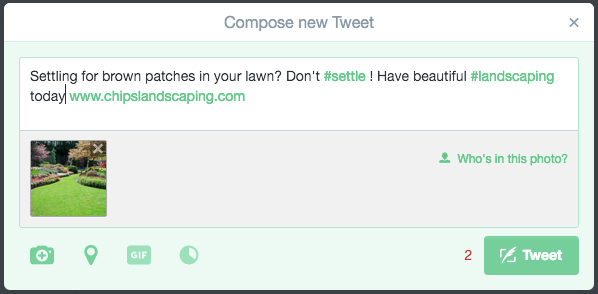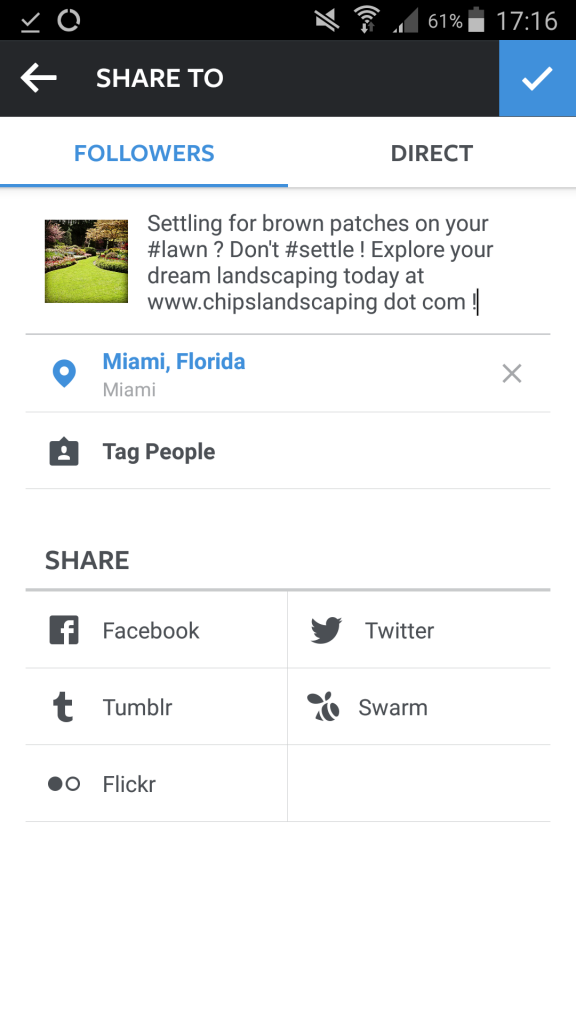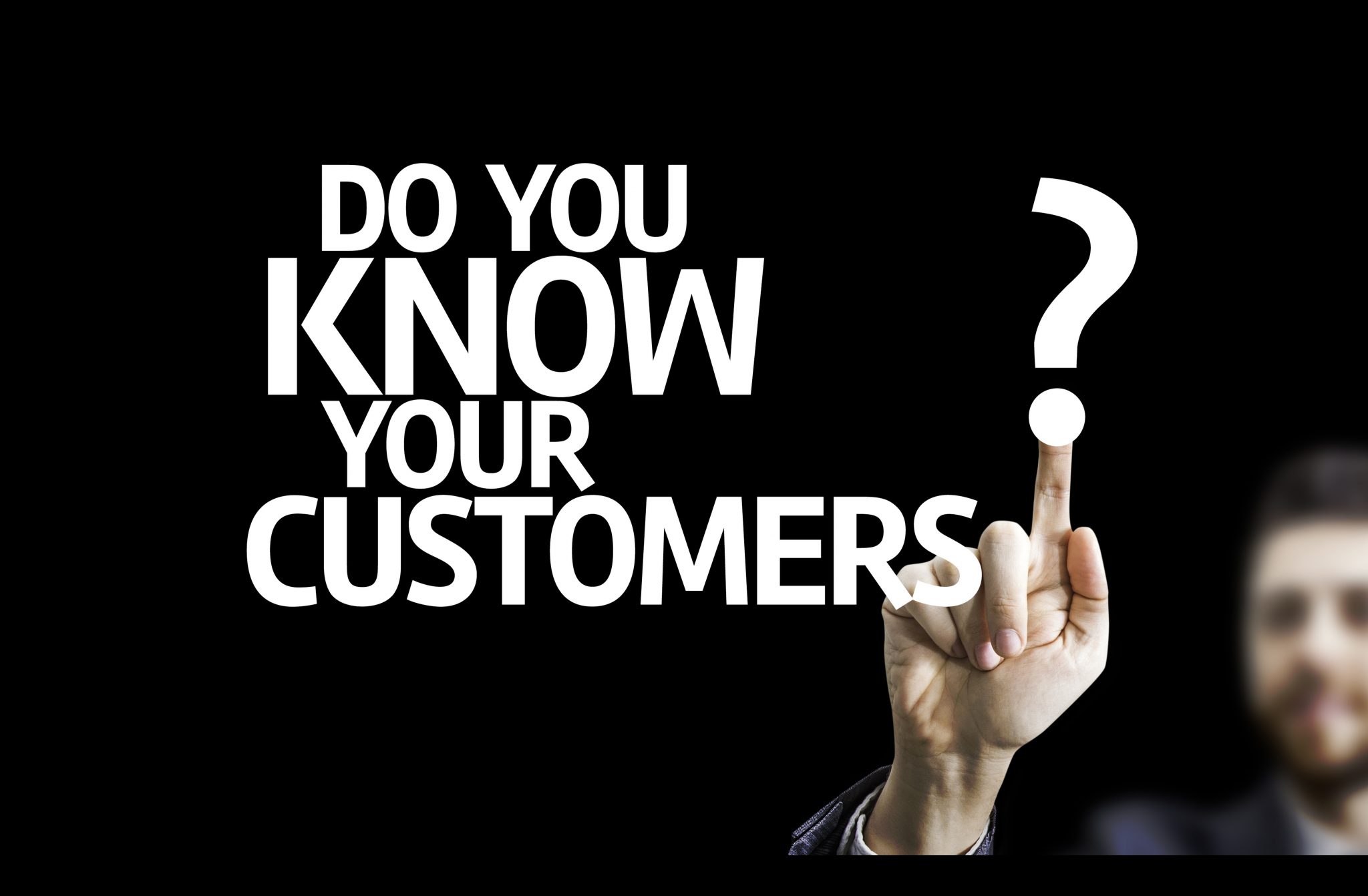What’s in a handshake, anyways?
Your door hanger should be like a handshake: gripping, timely, and to the point. They should leave people like, well, you’ve just shaken their hand. It’s a gesture of goodwill. I mean, isn’t that essentially what you’re doing when you’re canvassing an area with leave-behinds and flyers? And because no business owner has the time to drop by each residence and deliver their message personally, marketing experts can help you achieve the same effect from the comfort of your office!
So let’s jump ahead into designing that perfect door hanger. After all, how useful is a poorly designed door hanger to your business? About as useful as a hole in the head! So let’s help you design the very best ones, the ones that drive people straight to the phone to call and book an appointment.
Designing the perfect door hanger is much easier than you think. Here are the 5 things to remember:
- Be eye catching. That is, have a firm handshake. Be noticeable. Selecting an image for your door hanger isn’t strikingly different from selecting an image for your postcard, except that it’s vertical. The same core rule applies: choose an image that can be seen and understood from afar. A good test, if you’re not sure, is to bring it up on your computer. Walk ten feet away, turn around three times and then look at the screen. Is it immediately clear? If not, keep searching!
- Be relevant. Handshakes are the start to an introduction, and your image needs to convey a thousand words about your business at a glance. Be as straightforward as possible. If you’re a realtor, it very well might be your pretty mug. But if you’re a dentist, it’s someone else’s brilliant white smile. If you’re a landscaper, it’s perfect box hedges. If you’re a plumber, more than likely, it’s a wrench. Have something that tells people what your business is even before they get close enough to read the text.
- Be personalized. Personalization is about shaking the right person’s hand. You want to get the correct message to the correct person and while you won’t always be able to address them by first name with a door-hanger, you can make sure that your ad is at least relevant. Don’t, for example, go putting ads for pool cleaning on people’s doors if they live in an apartment complex. Make sure you match up the message, the season, and the pictures to the type of home or office you’re flyering.
- Have a clear call to action. In other words, let them know why you’re shaking their hand. What exactly do you want people to do with your door hanger? If there isn’t a clear phone number, website link, or call-to-action, then all you’ve done is send them a free picture. This is the #1 area where small business owners falls short in their marketing, so don’t be one of them by making your CTA bold and obvious!
- Quality matters. When you’ve only got one fleeing shot at impacting the customer with a positive impression, nothing undercuts your efforts more than bad, poor quality printing. If it’s not glossy, the picture looks grainy, or there are ink smudges, they’ll assume that your business is equally careless. Don’t shoot yourself in the foot by cutting corners! Choose a printer or partner that can deliver the same high quality that your business does.
And with that, you’re there! The next step is to decide what neighborhoods you want to canvass and you’ve got what you need to order the first batch today! If you want some help getting things moving, give us a call at 877-222-6010!
How’s your overall marketing strategy?
Any keen marketer who follows our blog knows what question coming next: how does this fit into your broader marketing strategy? Door hangers are most effective when supported by direct mail postcard campaigns, so contact Opportunity Knocks Marketing for help with both today!



















